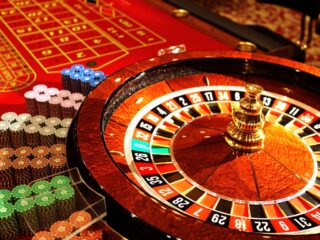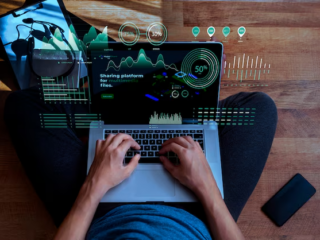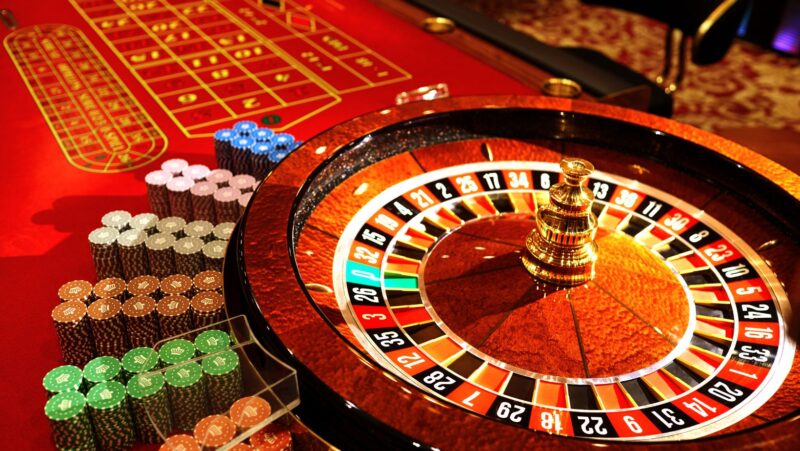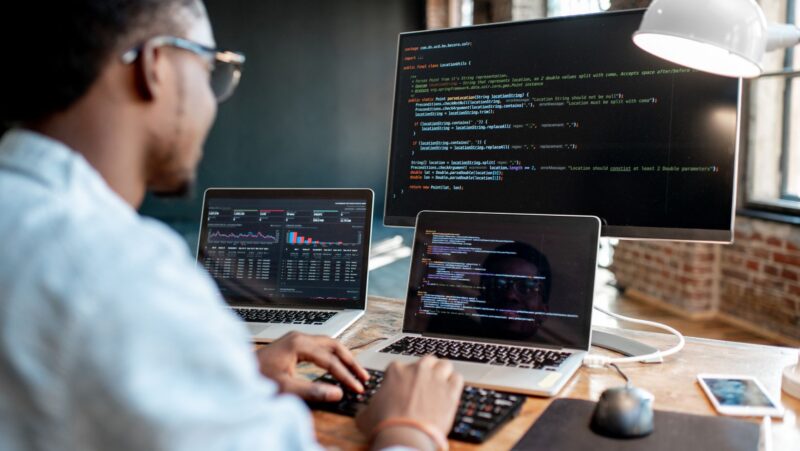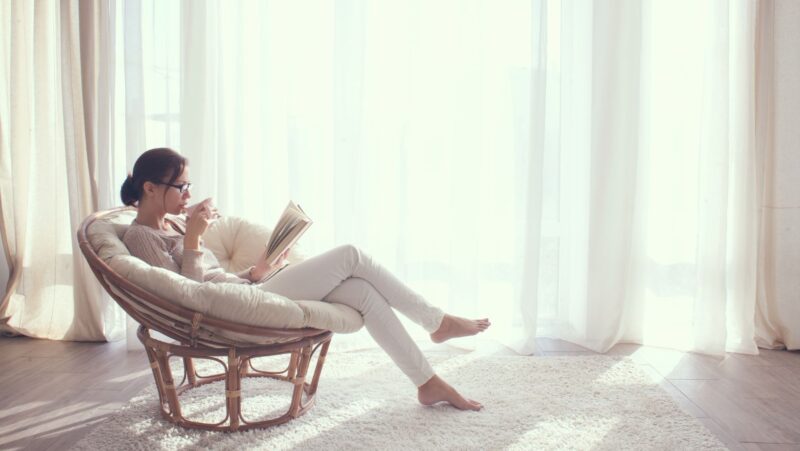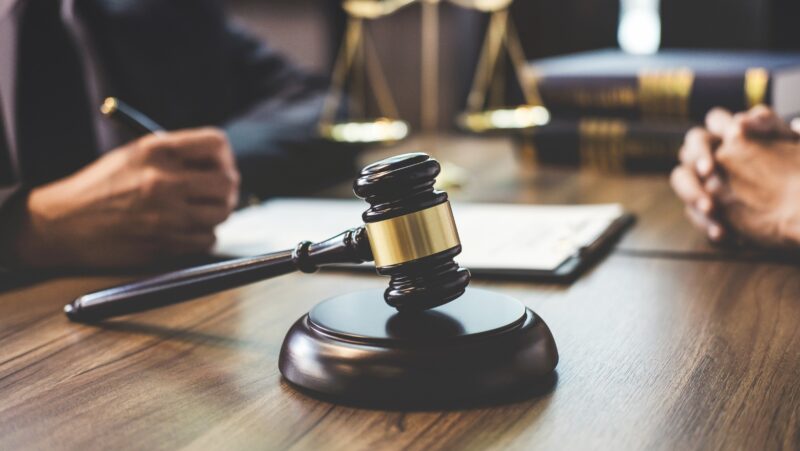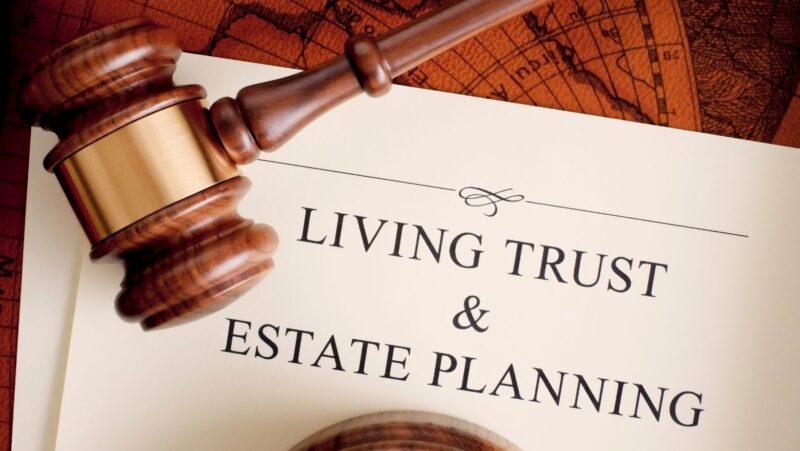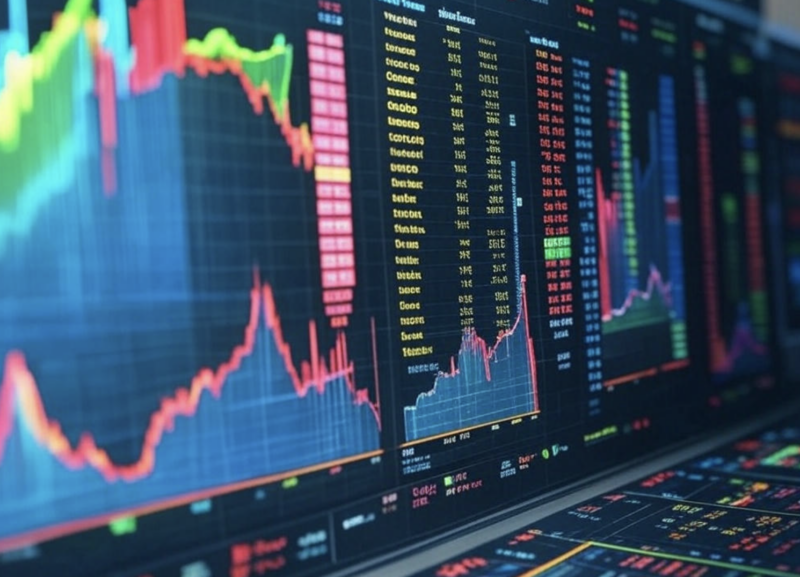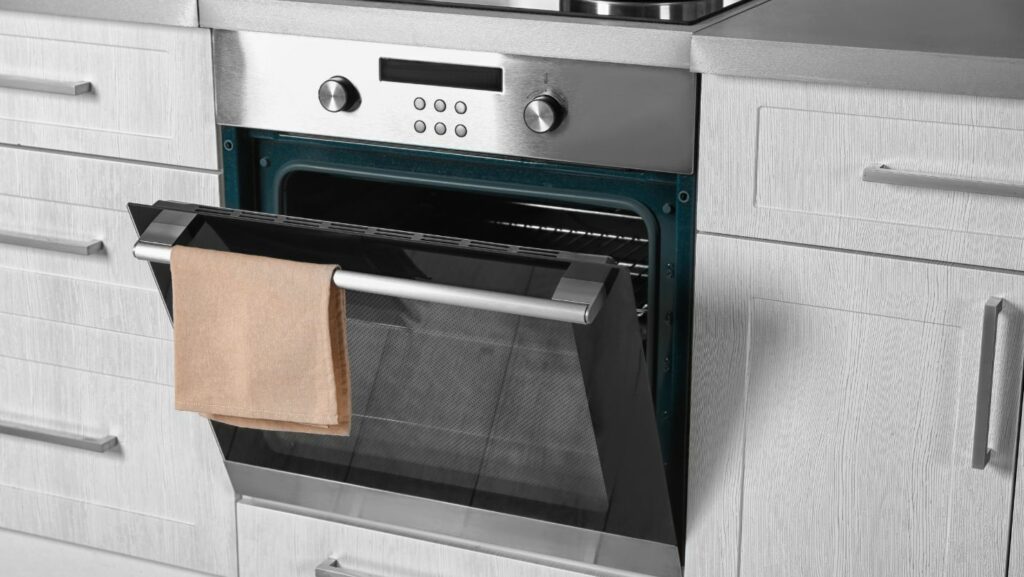
Have you ever found yourself in a predicament where you needed to use both the oven and stove simultaneously? It can be quite frustrating when you’re trying to prepare multiple dishes at once or hosting a gathering that requires cooking on different appliances. But is it safe and feasible to run the oven and stove at the same time? Let’s delve into this topic and explore whether it’s possible to multitask in the kitchen without causing any issues.
When it comes to using both the oven and stove concurrently, it ultimately depends on several factors, such as the electrical capacity of your kitchen, the specific models of your appliances, and their energy requirements. Modern kitchens are generally equipped with separate circuits for each major appliance, ensuring efficient power distribution and long-term energy savings. However, older homes may have limited electrical capacity, which could pose challenges when running multiple high-powered appliances simultaneously.
Can I Use Oven and Stove at the Same Time
Understanding the Power Consumption of Your Appliances
When it comes to using multiple appliances simultaneously, understanding their power consumption is crucial. Each appliance has a specific wattage rating that indicates how much power it requires to operate efficiently. By knowing these ratings, you can determine whether or not your oven and stove can be used at the same time without overloading your electrical system.
To find out the power consumption of your appliances, refer to their user manuals or labels. Look for terms like “wattage” or “power rating.” These numbers are usually given in watts (W) and can range from a few hundred to several thousand watts, depending on the appliance.
For example, let’s say your oven consumes 2,000 watts while your stove uses 1,500 watts. This means that when both appliances are running simultaneously, you’ll need a total power supply of 3,500 watts to ensure they function properly.
If you’re considering using a power inverter for appliances or other setups, it’s essential to understand how to safely convert DC to AC to avoid damage to your devices or electrical system.
Determining the Wattage Requirements of Your Oven and Stove
To avoid any potential electrical issues or tripping circuit breakers when using your oven and stove together, it’s important to assess their individual wattage requirements. This will help you understand if they can be safely operated at the same time without exceeding your home’s electrical capacity.
Again, referring to the user manuals or labels of your appliances is key in determining their wattage requirements. Take note of each appliance’s maximum wattage consumption as well as any additional information about peak usage during different cooking functions.
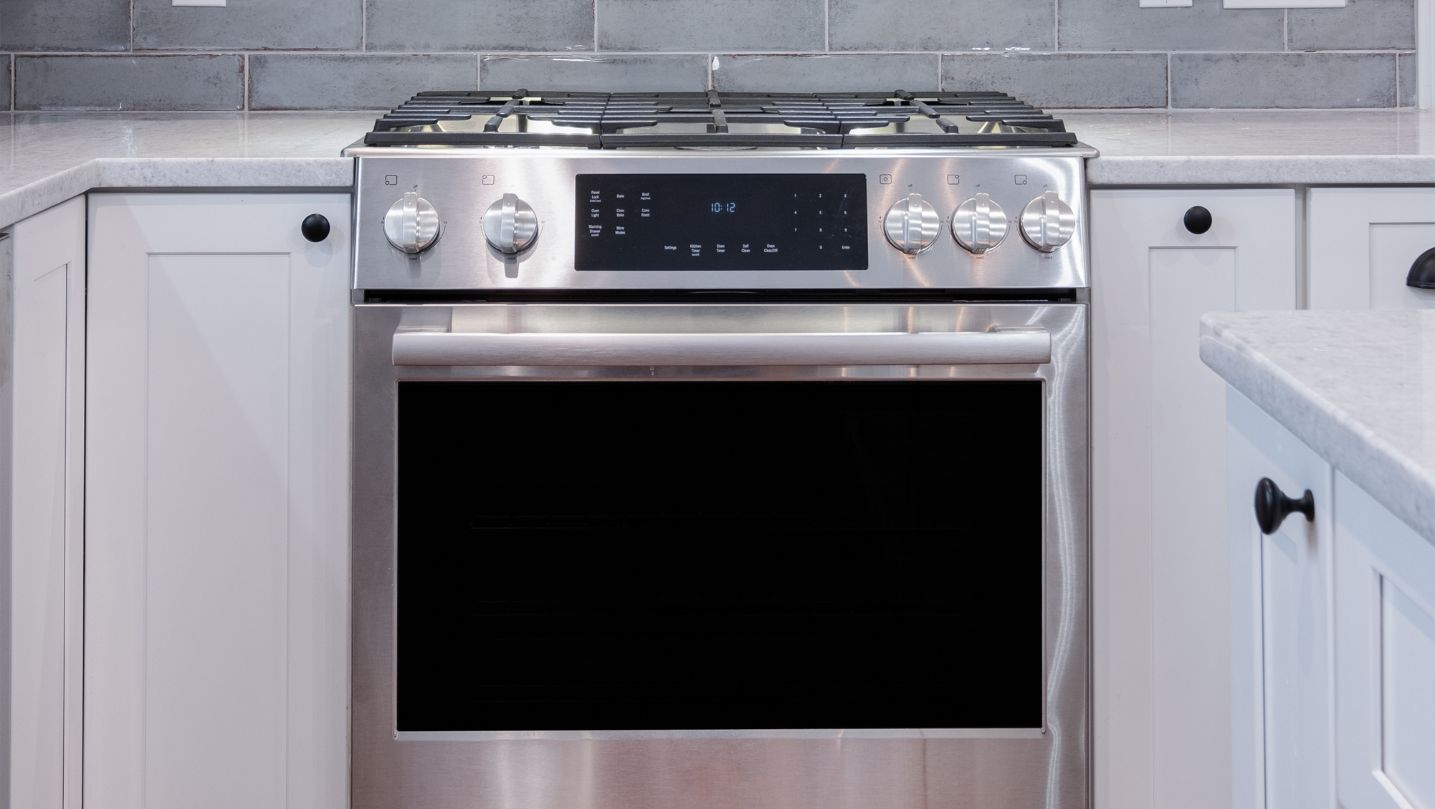
Common Issues When Running the Oven and Stove Together
Checking for Proper Ventilation
When using both the oven and stove simultaneously, it’s crucial to ensure that your kitchen has adequate ventilation. Without proper ventilation, you may encounter a range of issues, including heat buildup, poor air quality, and potential safety hazards.
One common issue that arises is an increase in temperature within your kitchen. The combined heat generated by the oven and stove can quickly escalate if there isn’t sufficient airflow. This can lead to discomfort while cooking and potentially affect other appliances or sensitive materials nearby.
To address this problem effectively, make sure your kitchen is equipped with a range hood or exhaust fan. These devices help remove excess heat, steam, smoke, and odors from the air. Regularly cleaning or replacing filters is also essential to maintain optimal performance.
To further optimize your kitchen setup, consider using bench ovens as an alternative or addition to your traditional oven. These compact ovens produce less heat, making them ideal for smaller spaces or for use during warmer months when managing kitchen temperature is a concern. They also offer versatile cooking options without overwhelming your kitchen’s ventilation system.
Preventing Temperature Fluctuations
Another concern when running the oven and stove together is maintaining consistent temperatures for cooking precision. Both appliances require electricity or gas to function correctly. If they are drawing too much power simultaneously, voltage fluctuations may occur.
These fluctuations can impact the performance of both appliances and affect your cooking results. For example, in electric ovens with digital controls, sudden voltage drops may cause temperature inconsistencies or even shut off the oven entirely.
In conclusion, while it may be tempting to use both the oven and stove at the same time, it’s important to consider safety precautions. Overloading electrical circuits, heat buildup, increased accident risks, and uneven cooking are all factors to keep in mind. By being mindful of these considerations and following the tips provided, you can cook multiple dishes simultaneously while minimizing potential hazards.
